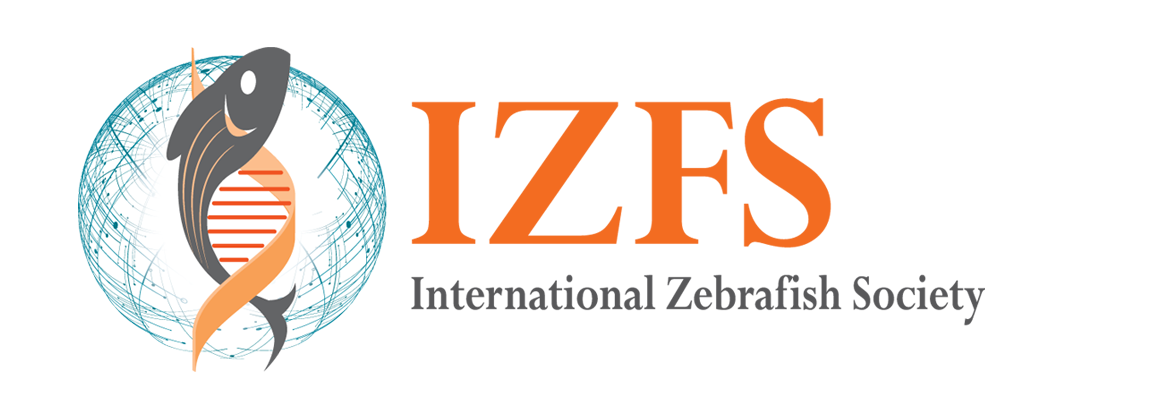Science and Society
Wars, Weather, and the Future of Science
Written by Kathleen Whitlock, PhD
There are still days I long to be a post-doc again and today was one of them. Those years spent concentrating on learning new techniques, designing experiments, and writing papers while the principal investigator shouldered the burden of financing the running costs of the lab and animal facility. I pondered those carefree years as I logged onto the Banco de Chile website checking the exchange rate of the Chilean Peso (CLP) to the US Dollar (USD). The exchange rate regime of many countries, including Chile, anchors the value of their home currency to that of the dollar. Fortunately it had come down to a (still alarming) value of 902 CLP/USD after rocketing to 1050 CLP/USD. When I moved to Chile 15 years ago the USD was at 500 CLP, so with 1000 pesos, (or a “luca” as the Chileans call the 1000 peso note), I could do two USD worth of transactions abroad. The exchange rate on dollars is an important value for a country like Chile where pretty much everything that needs to be manufactured is imported from abroad: our economic strength lies in the export of raw materials from mining, forestry, and agriculture. Our economic wellbeing is tied to copper and anyone watching the commodities market right now knows it has dropped in value and continues to fall. Turns out that pretty much everyone’s well being is connected to copper because it is used in electrical, industrial, and transportation applications as well as in products such as household appliances, and most recently electric vehicles**. Copper is like a fortuneteller of the economy where copper prices predict turning points in economic cycles as well as gauge the overall health of the economy worldwide including as a leading indicator of an impending recession (1).
War- Before the brutal invasion of Ukraine by Russia the global markets already had supply chain problems as a result of the pandemic. Many scientists here in Chile, and around the world, felt the impact of the supply chain limitations as they tried to get their labs running full speed after the pandemic. Originally the World Bank had expected the stabilization of economies in 2022 with limited increases in energy prices (just 2%) and commodity prices actually falling prices. Now the war has only exacerbated supply chain problems triggering the largest shock in commodity prices since the 1973 oil crisis. The current prediction is that energy prices will increase by 51% during this year with other commodities will see a 19% increase, and prices will remain elevated for years to come (2).
Weather – The weather chaos caused by climate change has wreaked havoc across the planet with catastrophic heat waves, fires and flooding. Recently, in the USA, a financial report by federal regulators concluded that U.S. financial markets are threatened by climate change: the costs of fires, floods, and droughts, spread through pension funds, insurance and mortgage markets and other financial institutions. As one senior official stated “Financial markets are really good at managing risk to help us provide credit, so that the economy can flourish,” but, he added, the system breaks down “when it’s no longer able to manage risk, when it’s invisible, it’s not captured by the price of stocks.”
As I contemplate the fluctuating value of the peso trying to decide when I will purchase an expensive item for the lab (priced in USD), I think about the interacting factors of war, weather (climate change), and reaching the limits of growth. Without doubt my lab’s budget has been greatly reduced in a “world of dollars” and we will work harder to reduce, reuse, and recycle, which may be for the best for the future.
1. Copper Is Flashing a Recession Warning. Myra P. Saefong, Original July 7, 2022, Barron’s COMMODITIES
https://www.barrons.com/articles/copper-price-recession-red-flag-51657145215
2. War in Ukraine will leave commodity prices high for years to come
SPECIAL FOCUS , UKRAINE CRISIS , Ben van der Merwe, 4 May, 2022, INVESTMENT MONITOR
https://www.investmentmonitor.ai/special-focus/ukraine-crisis/war-ukraine-commodity-prices-high-impact
https://blogs.worldbank.org/developmenttalk/commodity-prices-surge-due-war-ukraine
3. Federal Report Warns of Financial Havoc From Climate Change
https://www.nytimes.com/2020/09/08/climate/climate-change-financial-markets.html
** According to the Copper Development Association, electric vehicles (EVs) use up to 10 times as much copper as conventional cars. Conventional cars typically in the range of 18 to 49 pounds of copper, in contrast the average EV uses 183 pounds, and an EV bus up to 814 pounds of copper.




